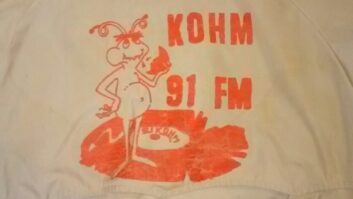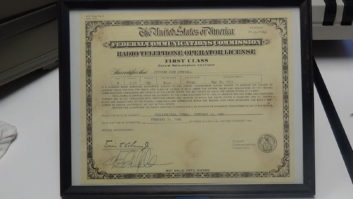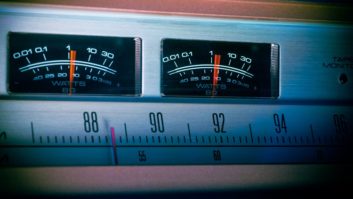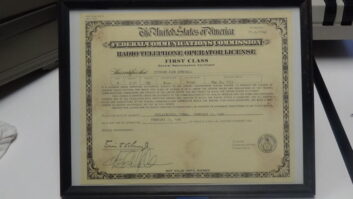
I unsubscribed from two e-letters today — and come to think of it, I received three others that I did not open. I can tell by looking at back-end statistics that my behavior is not unique.
E-mail newsletters can still be a valuable tool for radio stations, but considering how long they’ve been around, it’s remarkable how few are executed well.
If you don’t have an e-mail tool set that enables you to look at your actual delivery, “unsubscribes” and open rate, you — like many in the industry — are totally guessing at what your recipients want and how they want it.
Please permit me to offer standards you should consider to improve your performance.
More than just junk
The question of the day is this: Does the person who creates your e-letter understand the difference between content, marketing and advertising?
Content is information, pictures or video that informs and/or entertains the subscriber. Content is the primary reason that one of your radio listeners or web users has signed up to receive an e-letter from you.
Your e-letter reader wants to be amused, learn a valuable fact or receive stimulation. It’s rare that marketing or advertising can accomplish this mission; and that is why it’s vital to pay attention to the balance of content vs. the other two elements.
Many people — including your readers — do not even see the difference between marketing and advertising. To many consumers, both marketing and advertising are considered junk mail.
A marketing message for your station typically will promote tune-in, an event, an appearance or a contest. Many station employees confuse the marketing message with real content. This is because they are too invested in the product to see, for example, that a message about tune-in, regardless of its purpose or high appeal, is indeed pure marketing — and so for many readers is yet another waste of space.
This doesn’t mean you should ban the marketing message in e-letters. It does mean that the space it occupies should be relatively small, and that whenever possible, the message should be related to the content, the sole purpose of which — remember — is to inform and entertain the reader.

Interactive marketing firm ExactTarget recently published a study about how consumers wish to interact with brands through e-mail, Facebook and Twitter. Frequency and content considerations topped the list of reasons to unsubscribe from e-mails.
Advertising is an element that sells a product or a service other than your station. Hopefully your sales department has actually sold this space to a client such as a car dealer, furniture store or local event promoter.
Here’s the kicker: This space, just like marketing space, must be tightly controlled in an e-letter.
When it isn’t, you are asking for trouble, because your consumers did not sign up to receive ads from you. They will tolerate them when they’re of reasonable size and surrounded by great content. If, however, you send stand-alone ads, you are doomed. It’s an extremely rare advertising offer that will sway people who have signed up to receive content.
(If they sign up for advertising discounts such as Groupon, Living Social or some other coupon vendor, that is an entirely different animal.)
A promotion director who worked for me once sent out a stand-alone ad for what she thought was a great product: half off a large cup of coffee from that company Jerry Seinfeld refers to as “Fourbucks.” Within two hours she had 20,000 unsubscribes. Why? Because people had subscribed to that station’s e-letter to get entertaining information, not ads, or even coupons!
A reason to open
Now on to the most neglected aspect of the e-letter: the subject line.
This is your one shot at getting a reader to open the piece. When the subject line consists of your station call letters and the name of the e-letter (“96 Rock’s What’s Happening”), you are not giving the recipient a reason to look further. You’ve got less than two seconds to convince them it’s worth a click.
“Kenny Chesney Talks About Charlie Sheen,” “Has Brittney Gained Weight Again?” or “Dallas Cowboy Cheerleader Pics” have a chance at getting action.
What with Facebook, Twitter and text messaging, are e-letters still worth the effort?
Yes, especially when they are combined with the other social arenas to make your listeners feel like they are part of your extended family.
Before pressing “send” on your next e-letter, remember also to double-check for localism.
If the e-letter you’re sending would work just as well in another city as in yours, your e-letter producer has failed in his mission to support your station’s authenticity and relevance.
Want a free critique? Send me a recent e-letter and I promise a response. The only thing I ask in return is that you agree in advance to recommit to crowning your content king.
The author is president of Lapidus Media. Contact: [email protected].










